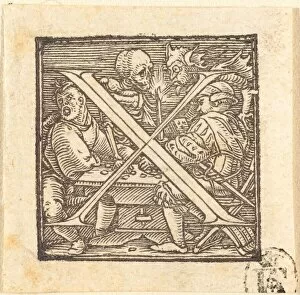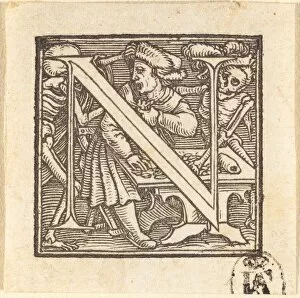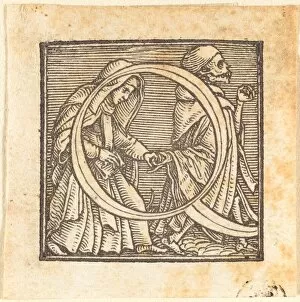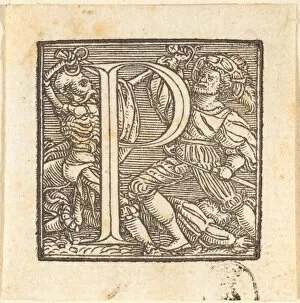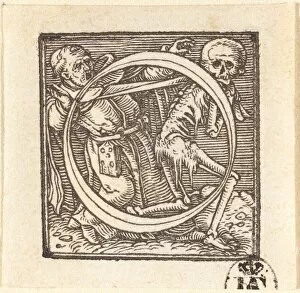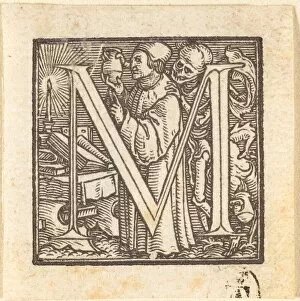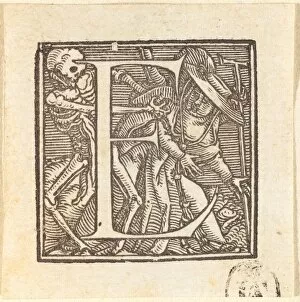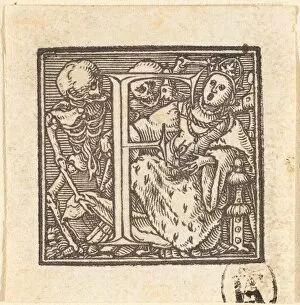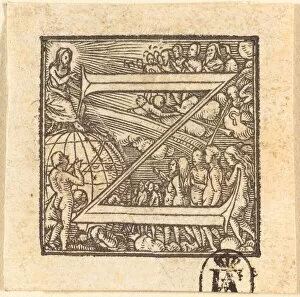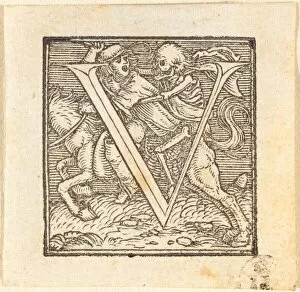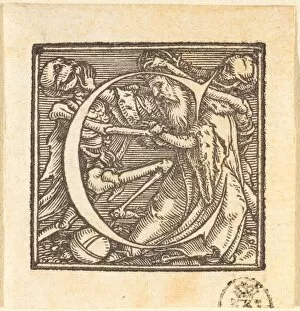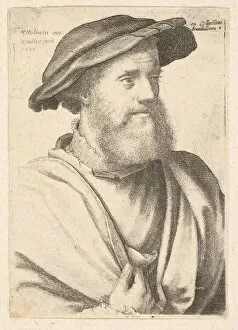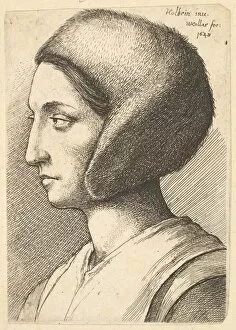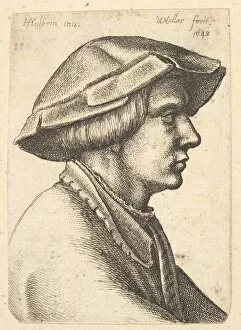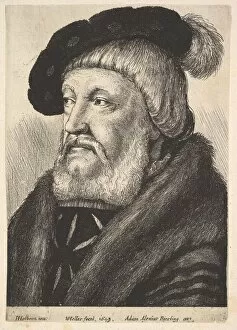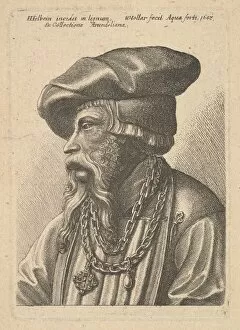Holbein Hans The Younger Collection (#4)
Holbein Hans the Younger, a renowned artist of his time, left an indelible mark on the art world with his captivating and thought-provoking works
For sale as Licensed Images
Choose your image, Select your licence and Download the media
Holbein Hans the Younger, a renowned artist of his time, left an indelible mark on the art world with his captivating and thought-provoking works. His paintings showcased not only his exceptional talent but also shed light on the tumultuous era in which he lived. In one of his self-portraits from 1535, Holbein's skillful brushstrokes capture his own likeness with remarkable precision. The intensity in his eyes reflects a deep introspection, hinting at the profound thoughts that occupied his mind as he painted masterpieces that would transcend time. Among Holbein's notable works were portraits of prominent figures from Tudor England. In "Henry VIII. Anne Boleyn and others, " we catch a glimpse of the royal court during its most intriguing period. The painting exudes opulence and power while simultaneously revealing the fragility of human relationships within such grandeur. Another striking piece is "Queen Catherine Parr, " where Holbein captures her regal beauty with grace and elegance. Through this portrait, we witness not just her physical appearance but also gain insight into her strength as she navigated through treacherous political waters during Henry VIII's reign. Holbein was not limited to portraiture alone; he delved into darker themes as well. In "The Noblewoman" from "The Dance of Death, " created by Hans Lützelburger based on Holbein's designs, death personified dances alongside individuals from different walks of life—a reminder that mortality spares no one regardless of their social standing. "The Peasant (or Ploughman), " also part of "The Dance of Death, " depicts an ordinary laborer facing death head-on—an allegory for how death unites all humanity despite societal divisions or hierarchies. Through these haunting images, Holbein forces us to confront our own mortality and contemplate our place in this transient existence.


